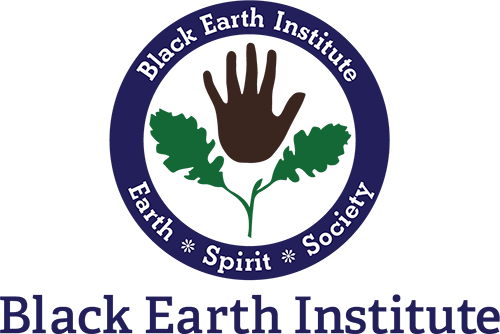
Photo credits, clockwise from upper left: Kristine Wook, Cristina Eisenberg, Nathen Domlo, wusa9.com
By Marcella Durand
The turn my own particular ecopoetics has taken in this time of disease/racism has been to a sort of hyperlocal micro-observation activist poetry. This awkward (and I know it is awkward) description is an example of how poetry is necessary because in poetry we can work on creating new ways of saying things. Through poetry, I will work on creating a term that might better describe how I have gotten involved in a struggle centered around a neglected city park (John V. Lindsay East River Park) and how I have been writing poetry with the anger and frustration over the fate of this park firing away in my stomach. What can I call how I am writing and to whom I am writing? I wrote an 8-page poem about an oak tree in the park, addressed to our mayor, which isn’t typically “how I write” and yet now it has become part of my work. So, for now, hyperlocal pissed-off poetry.
The more I learn about the history of this particular sliver of parkland—over which the city is fighting with local inhabitants of the Lower East Side, including residents of New York City Housing Authority buildings, artists, poets, city planners, composters, joggers, bicyclists, yoga practitioners, drummers, birders, fishers, foragers, indigenous and senior people—the more I realize how the U.S., for all its illusory surface variations, is still basically stuck in the same moral and philosophical place it was in its first moment of acquisition, exploitation and colonization. I often think about what sort of background, what sort of systems, inspired a man to sail across an ocean to a land he had never been in, to encounter new people, to be in a culture completely new to him, and to only see shadows of gold. His vision was so shaped and narrow and blind he looked right through people to decimate them in ten years. Ten years. He found emptiness, but not the sort of emptiness we were taught existed in this country before Europeans arrived here. Instead, he found his own moral emptiness—the same emptiness that keeps those devoted to capitalist/colonialist systems blind to existing inhabitants, to indigenous peoples, to ecosystems, to the biosphere, to life and its right to be where it is. Instead, they see only shadows of gold, through which the skeleton hands of infinite acquisition reach for them.
These shadows still undergird the political and economy machinery of New York City. People are elected, with sweet promises of progressive politics and concern, but then the worms of the real-estate industry—the same industry that grew Donald J. Trump—quickly set upon them. Big Deals are made, with avaricious plans involving many lucrative years of construction. Seniors who sit in the park along the river to get a little sun in the winter and shade in the summer—collateral. Children who play soccer, baseball, football, bicycle, throw a frisbee, fly a kite, watch a visiting warbler, pull a blade of grass, see a monarch caterpillar on a stand of milkweed— collateral. People who fish along the river to supplement their meals and enjoy the water— collateral. Families throwing a blanket over the grass and setting up a picnic at sunset—collateral. Musicans and dancers who use the space around the park’s historic ampitheatre to practice and work out new art— collateral. Trees who capture storm water to channel nutrients along their bark to the soil and who provide oxygen respite for just about every living thing— collateral. Native plants lovingly planted by an army of volunteers— collateral. Wind, air, water, sunsets, trees, grass, birds, bees, humans— collateral. Shadows. Behind which gold gleams.
I have to find a way to stop thinking every night about the city’s plan to bulldoze the park. The system grinds on, deaf to our shouting, but yet I think, or hope, that I see emerging cracks in the gears. The city may close East River Park June 1—in yet another thoughtless act, to close it right after a hard winter in a Covid-19 hot spot. But that closure will shock and change our neighborhood in ways that perhaps the city might not desire. Rather than fulfilling the city’s vision of a new Dubai rising along the banks of the East River, the fierce community of the LES may double down on its values of reciprocity, diversity, and citizen action to resist new towers and rezonings even more loudly. The city’s bills racked up over decades have come due. And by grabbing this sliver of land, the city is using its last bit of credit. In the meantime, I take my daily walk to enjoy the gifts that the park always has for me (an American peregrine on top of a soccer field light, a red hawk enjoying a squirrel lunch, northern flickers in the high oak trees, a flock of pine siskins amid goldenrod, the shell of a horseshoe crab dropped by a far-ranging seagull). I come home and write about how nature and people resolve together to create an urban oasis that even after centuries threatens the powers-that-be enough that they still want to destroy it.
To learn more about the controversy over East River Park, visit https://eastriverparkaction.org.

